Can Robots Add Value to Your Dining Experience?
Posted On Jul 7th 2022
Posted On Jul 7th 2022
Posted On Jul 7th 2022
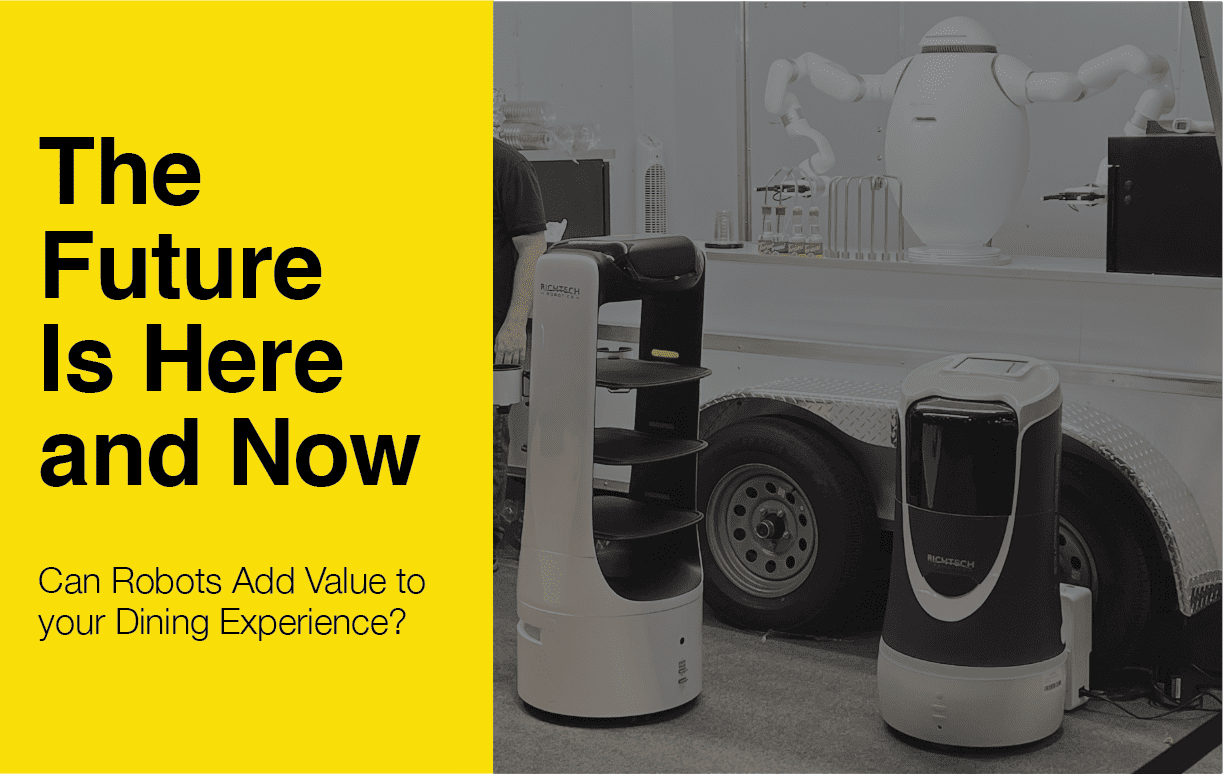
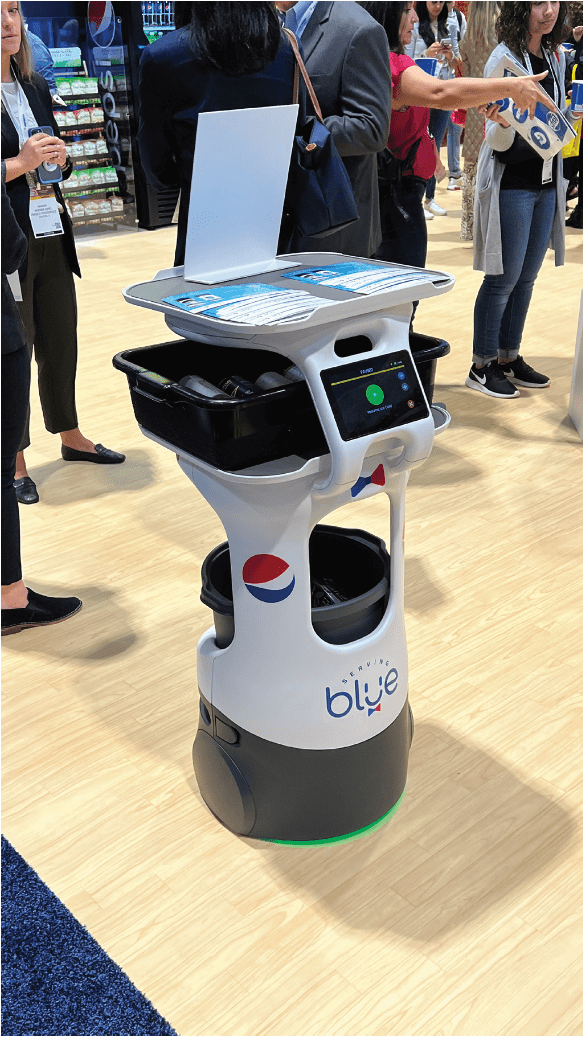
How can we not love robots? Rosey, HAL, C3P0, R2D2, Wall-E, all made an impact. Robots and artificial intelligence allowed us to dream; they opened our imagination to think about what the future could be like. Who didn’t look forward to the day we would have a counterpart that could help us with monotonous tasks, take on dangerous ones, or be our sidekick and friend? Well, that day is upon us.
Last year we wrote about the economic impact that COVID had on manufacturing and how collaborative robots help to improve production, R.O.I. and improve safety in the workplace. Production facilities continue to incorporate these automated technologies as are many other industries.
One in particular is the restaurant industry which was hit hard both during the pandemic and even more so coming out of it. On top of health concerns, supply shortages, and rising wages, there is now an extreme shortage of people willing to work in this industry. In November 2021, the National Restaurant Association reported that 77% of restaurant operators said there are not enough workers and over 66% had to cut their operating hours because of this shortage. If you have dined out recently, you probably experienced the impact that this shortage has had. Can robots be the answer in an industry that relies on people interactions?
As with most Sci Fi movies, there is the dark side to robots equipped with artificial intelligence. They eventually outsmart their creators and try to take over the world, or the evil empire uses them to destroy people and things. Since the beginning of workplace automation, the glaring concern about losing jobs seems to always be at the forefront of discussion. That people are becoming obsolete. Not necessarily true in the real world. As we have seen in large factories, the proliferation of robots arguably created more jobs, especially knowledge jobs that added more value for the companies as well as for the end user.
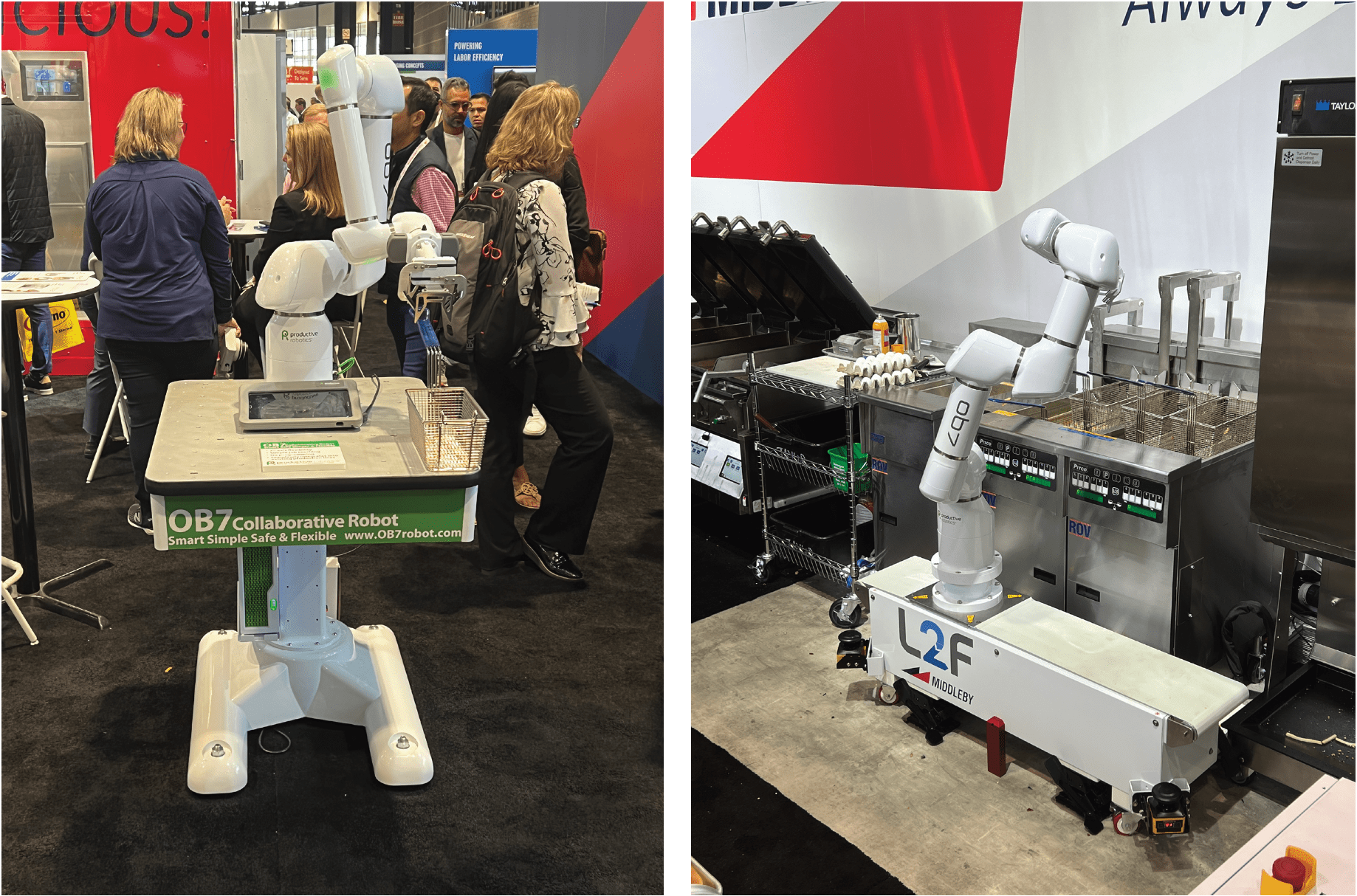
For restaurants, the issue isn’t losing jobs, it’s filling them. And it is important to note that people would still be required. As robots or collaborative robots could help alleviate the labor shortfall, resources would still be required in areas that create value for the restauranteur and their guests. Think about the back of house operations whether in a fast-food restaurant or in a fine dining establishment. Many of the tasks take a team of people to repeatedly chop, mix and cook food over-and-over again. With a robot, food waste could be minimized, consistency of each meal improved, and less people would be required to achieve the same level of production. They could also improve the hygiene throughout the food preparation areas. Better yet, a robot won’t get burned, doesn’t require breaks nor does it call in sick. By incorporating some of these automated solutions, resources typically used to handle these tasks could be allocated towards those that create a better experience for customers.
At this year’s National Restaurant Association Show in Chicago, robots and collaborative robots were on full displays; whirling throughout the show, flipping burgers, creating pizzas, preparing gourmet meals, and even making cocktails.
It was amazing to see how far technology has come in the past couple of years and it does seem that robotics is on the verge of revolutionizing the landscape in restaurants. Analysts have forecasted that the collaborative robotics and service robot market could reach $114 Billion by 2027 and it seems that more investors are jumping aboard.
Bear Robotics, a leader in hospitality robotics and artificial intelligence solutions recently raised $117 Million in funding since 2020. This Silicon Valley company created Servi, an all-in-one autonomous mobile robot answer to daily repetitive work. It utilizes A.I. and self-driving technology to take care of everything from serving drinks, food running to bussing tables which the company says allows hosts and waitstaff to focus on delivering outstanding customer service.
Another large player in this space is Miso Robotics which introduced their second version of Flippy called Flippy 2.0. Already in operation in many restaurant brands including White Caste, Chipotle and Panera Bread, the cost to run this in a restaurant is only about $3,000 per month with just a $5,000 installation fee. Other big players in this space include Pudu Robotics, Richtech, Hyper Robotics and Segway Robotics all demonstrating front and back of house solutions. Productive Robotics partnered with Middleby to show how their 0B7 collaborative robot could be adapted from factory automation to work in a restaurant environment managing the fry-cooking area. The 7-axes capability of this robot delivers automated productivity, accuracy and safety all without complicated programing as the humanlike arm can learn to do new tasks. We were in awe watching the robot quietly load, fry, drip and season fries in the booth.
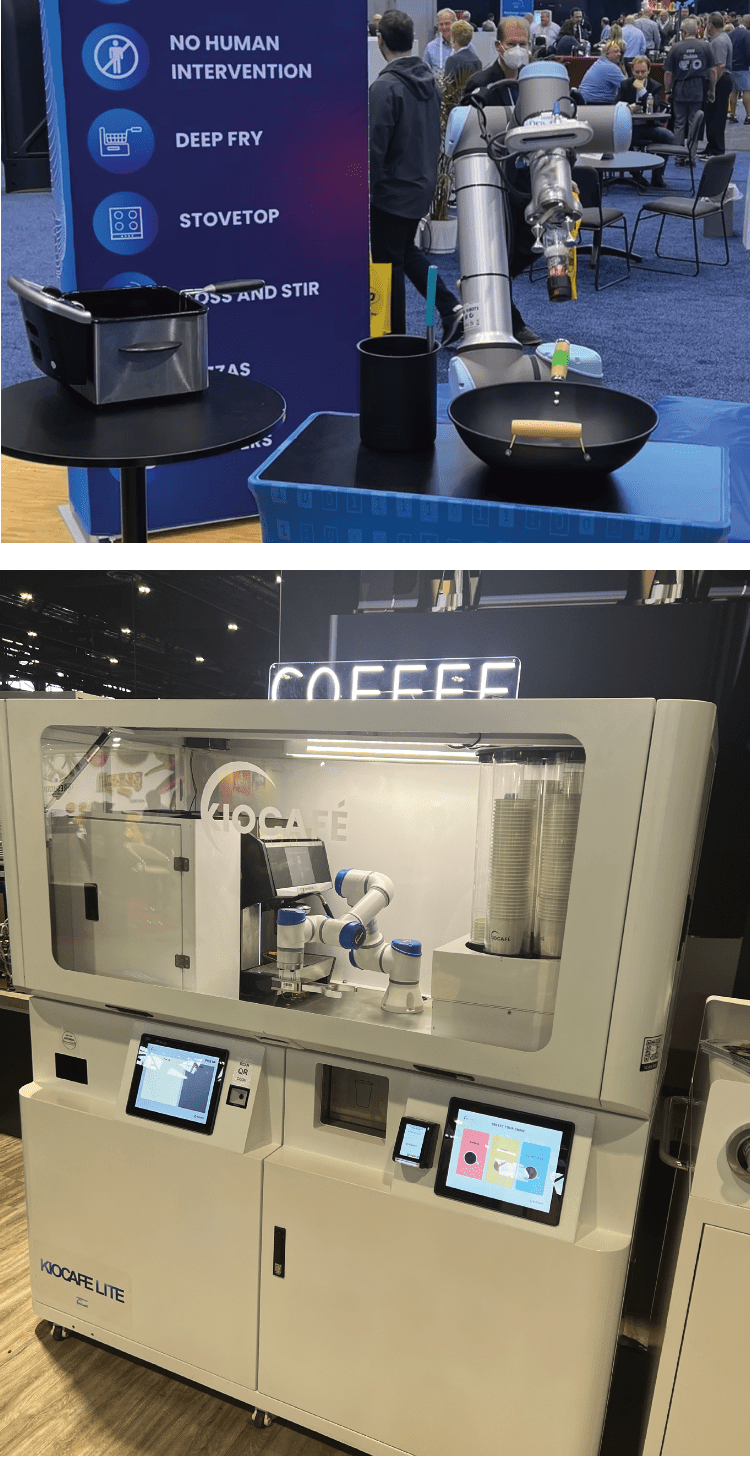
One of the most impressive robots at the show was on display at the Nala Robotics booth. This is the world’s first fully automated multi-cuisine chef, a customizable robot that uses learning technologies to cook infinite recipes. In the demo, visitors got to witness the robot pick up a fry basket at one cooking station, drain the oil and transfer the food into a wok. Then it located a spatula which it used to stir fry using the wok. The robot could return the spatula to then find the seasoning which it proceeded to add a dash or two. It was memorizing to see the articulation of each moving part as the robot did just about everything that you would do with your arm.
The potential of robots and artificial intelligence in restaurants is mind blowing and seeing the advances in their capabilities makes the possibilities seem endless. Even simpler applications begin to make sense like KioCafe’s robotic barista. Set to launch in select airports, this revolutionary vending machine can take orders, process payments and creates a great tasting latte. All while being captivated by the robotic arm as it grinds the beans, steams the milk and serves it to you.
Whether we are ready or not, the future many of us dreamt of is here. With the advances in technology and the new challenges that society is faced with, it seems inevitable that more robots will be collaborating with us humanoids. For restaurants, there is a tremendous value to incorporating new technologies without the fear of robots taking over the planet. Let’s face it, most people don’t like talking to robots. I for one, am not completely satisfied even ordering a burger at a fast-food joint via a kiosk. So I’m betting that from the host to server, humans will continue to be key for creating a good dining experience. The robots will just help to make our lives easier, more convenient and maybe a little safer.
With more than 25% of its global associates dedicated to research and development, Sugatsune continues to develop hardware components that can help connect and facilitate the function of future projects like robots. Inspired by its Motion Design Tech® concept, engineers work together with original equipment manufacturers to develop and customize hardware solutions that can bring your innovations to life. Visit us at www.sugatsune.com or contact our technical experts at (800) 562-5267 to find out how Sugatsune America, Inc. can help.
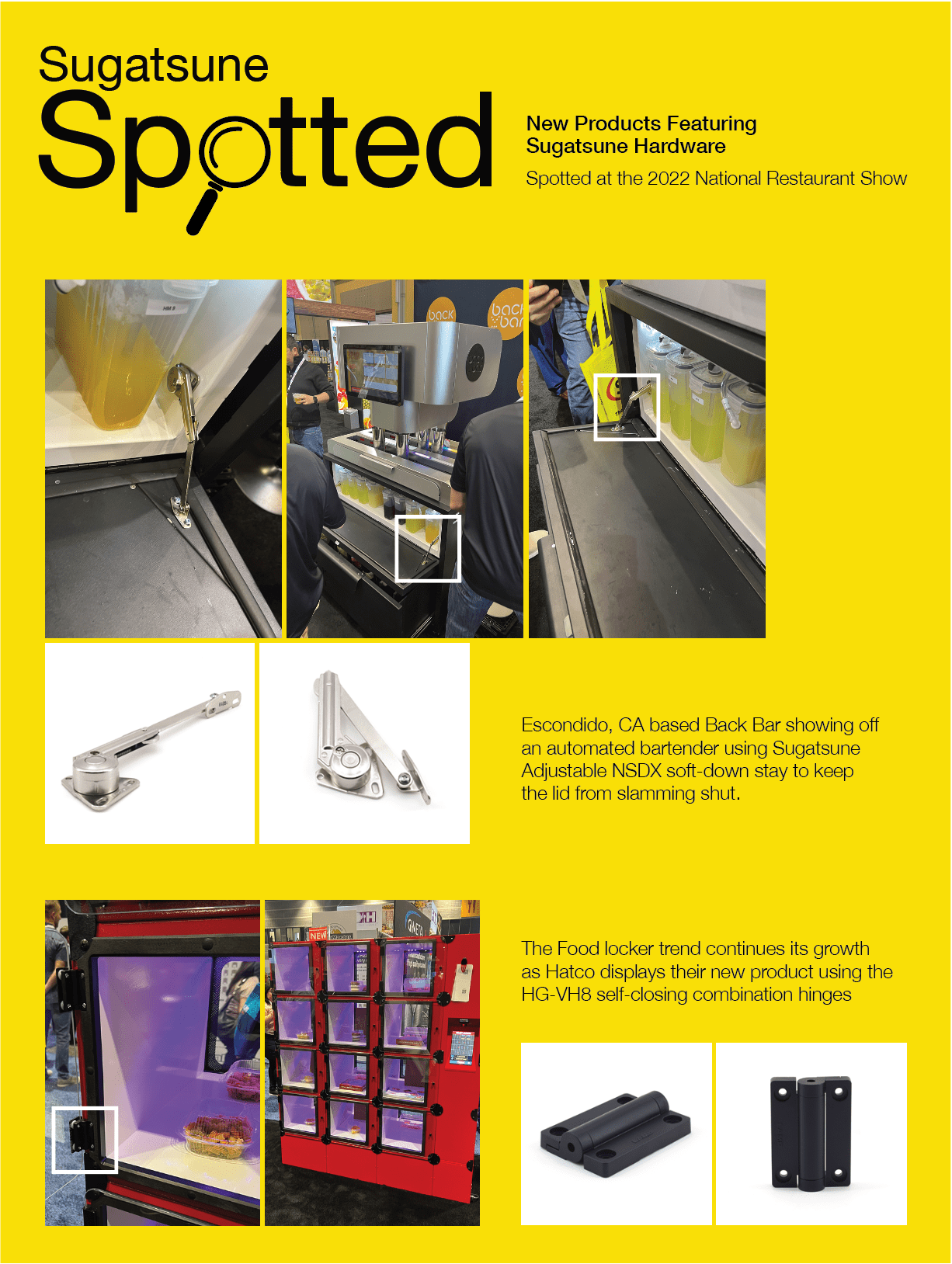
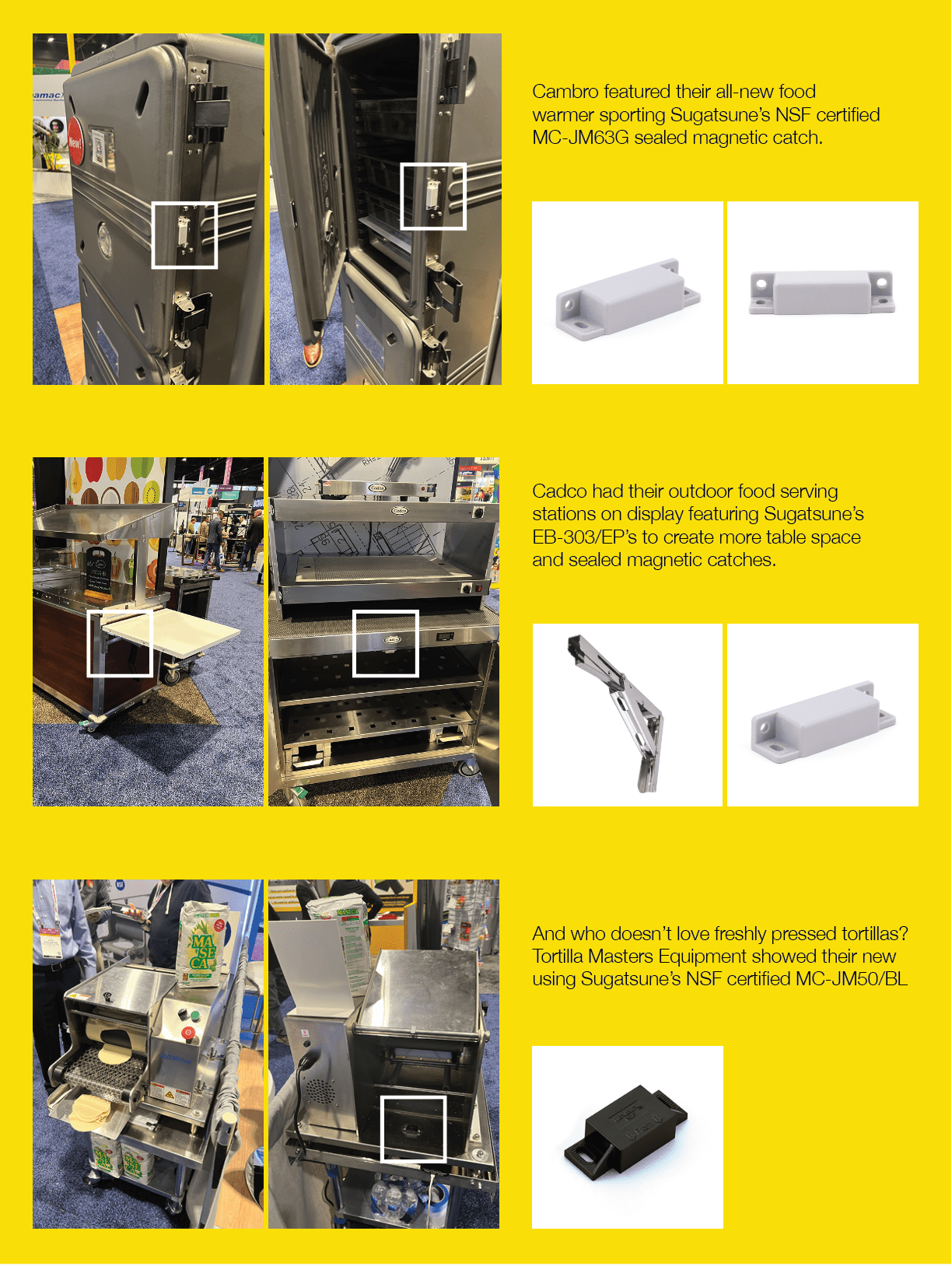
CAD files are available on each product’s detail page. Click the “CAD/BIM Files” tab, located in the middle of the page to download the different formats. If CAD files are not available for a specific component, please contact our Support Team
Toll Free: (800) 562-5267 (U.S.A. only)